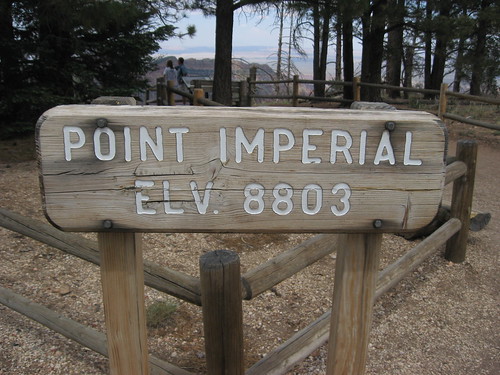We are at just about 600 m - 650 m high here (2,000 ft or so) so it's hard to say our garden is at very high altitude. And yet we are able to observe some of the problems that come with high altitude gardening. Neighbours here say not to try growing peach trees. Anyway I tried last year but it didn't survive the winter. Our autumn crops of cucumbers and zucchini didn't get enough sun to produce fruit. Pumpkins don't grow too large and no one around even tries to grow melons and water melons.
The main problem as I see it here is obviously with the warm-loving crops.
- Weather here is slightly cooler. Not much, but seem to be enough.
- Night temperatures are significantly lower which is the main issue. Beans, cucumbers, zucchini - they all stop growing due to the low night temperatures in September and October.
It's not a surprise that after the first season here we started being interested in the specifics of high altitude gardening. The problems of course become much bigger for gardens at higher altitude than ours (as you'll see in the links at the bottom, there are people gardening at more than 8,000 ft!). So here is what the lower temperatures lead to and what you can do about it:
Shorter growing season
This is one of the main issues we have here. When people in my hometown have their zucchini blooming, we are still at seed-starting stage here. Daily temperatures aren't much different, but cold nights and late frost can delay your warm loving crop seeding to June. In higher altitudes people are unable to grow pumpkins because the season is just too short for their vegetation. Can you imagine living without pumpkins!
One of the possible solutions are greenhouses. Even an unheated greenhouse will, to some extent, protect your crops from early or late frost and will keep the nightly temperatures higher. You may need to combine greenhouses or cold frames with raised beds because the soil in the raised beds warms up earlier in spring.
Another answer to the short season is to grow seedlings in large containers indoors and move them out only when it's hot enough and the seedlings are strong. This unfortunately solves only the late season start problem and not the problem of the early season end.
Higher danger of frost or unexpected snow
People at high altitudes can see frost and snow as late as of June and as early as of September. This gives you a very short season for anything except frost-hardy crops. Again, putting your heat loving plants into a greenhouse will help you to some extent.
The other solutions - practiced by many high altitude gardeners - is just to give up on pumpkins, tomatoes and cucumbers and grow beets, turnips, radishes, spinach, green peas, carrots, and other plants that grow better in cold.
More Rainfall
Most mountain places see more rainfall than those in the plain. This is actually good in most cases because your garden will need less watering and crops that love cool and rainy weather (like peas) will grow very well. We didn't really benefit much from mountain rainfall last year though - we had 4 months unseen drought here. But down there at lower altitude the situation was even worse.
There are also negative sides of having more rainfall at higher altitude. Some crops may rot. You may have to deal with too many snails that will eat your crops. Too many rainy days means less sun, so some plants won't grow well. Too many rainy days mean less days when you can work out in the garden. And so on.
As a conclusion, gardening at reasonably high altitudes is possible, it just has its own specific challenges. Most problems can be solved with a combination of:
- Growing cold-hardy and water loving crops
- High altitude-friendly seeds
- Cold frames and green houses
- Emergency protection "devices" like cloches.
- Composting and using manure to improve the soil (soil is often poor at high altitudes)
- Raised beds
If you have other ideas, we'll be happy to hear them!
Some Useful Sites
High Altitude Gardening in the Colorado Rocky Mountains is a great personal blog of a family gardening in Colorado at 8,150 ft! You must read the pages explaining the specifics of their weather to understand what they have to deal with. The blog covers all aspects of greenhouse growing at this altitude, vegetable and flower gardening, high altitude tips. The author also shares several DIY projects. Excellent stuff, guys!
High Altitude Gardening - this is a blog about a garden at 7,000 ft in Utah. Besides the typical stuff around gardening thus high, this lady talks about several other interesting topics - long blooming perennials (less work, more colors in the garden!) and veggie species that are good for mountain growing. She also uses a lot of horse manure to fertilize the poor soil they have there. As a whole, quite an interesting blog too.
Gardening with an "Altitude" is a short and to the point guide from someone again in Colorado.
High Altitude Living - this site has a section about gardening but it's more interesting for the other stuff. If you garden at high altitude you probably also live there so you'll learn a lot from this lady living at 6200+ ft above sea level.

